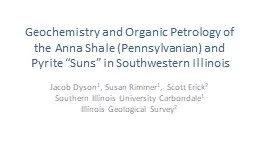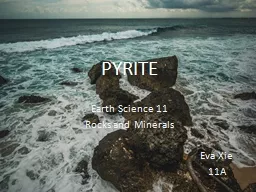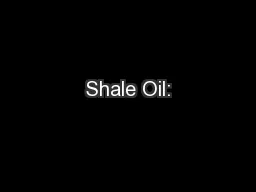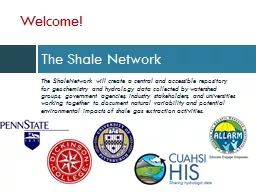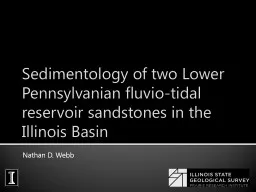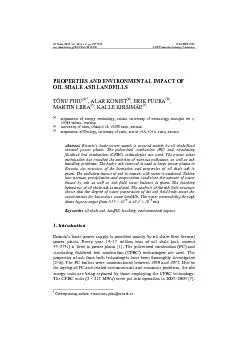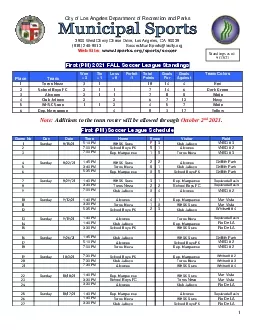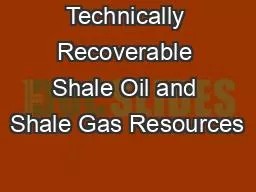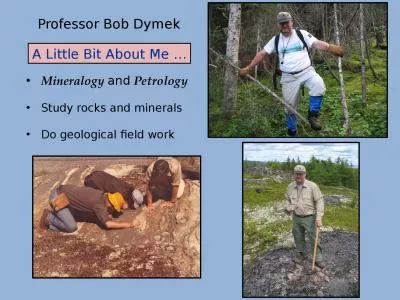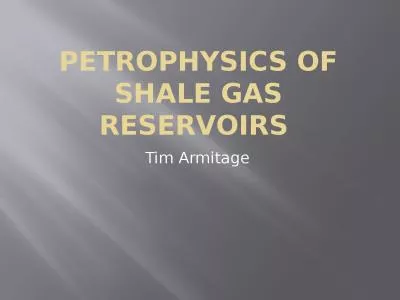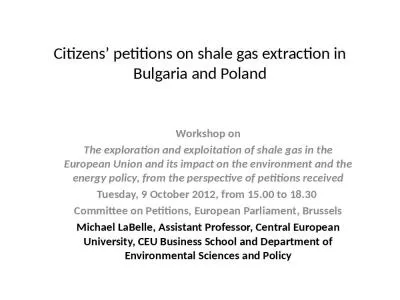PPT-Geochemistry and Organic Petrology of the Anna Shale (Pennsylvanian) and Pyrite “Suns”
Author : Extremejock | Published Date : 2022-08-04
Jacob Dyson 1 Susan Rimmer 1 Scott Erick 2 Southern Illinois University Carbondale 1 Illinois Geological Survey 2 Pyrite suns Diskshaped pyrite concretions Occur
Presentation Embed Code
Download Presentation
Download Presentation The PPT/PDF document "Geochemistry and Organic Petrology of th..." is the property of its rightful owner. Permission is granted to download and print the materials on this website for personal, non-commercial use only, and to display it on your personal computer provided you do not modify the materials and that you retain all copyright notices contained in the materials. By downloading content from our website, you accept the terms of this agreement.
Geochemistry and Organic Petrology of the Anna Shale (Pennsylvanian) and Pyrite “Suns”: Transcript
Download Rules Of Document
"Geochemistry and Organic Petrology of the Anna Shale (Pennsylvanian) and Pyrite “Suns”"The content belongs to its owner. You may download and print it for personal use, without modification, and keep all copyright notices. By downloading, you agree to these terms.
Related Documents

